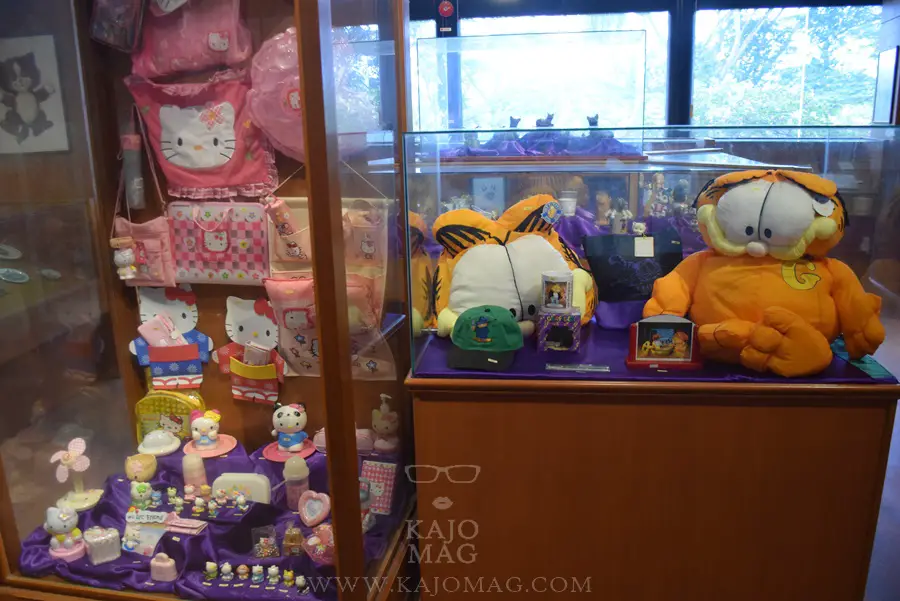If the Malaysian state of Sarawak had to pick a national vegetable, that veg would definitely be midin. Although cassava leaves give a tight competition, this wild fern certainly takes the title.
In Sarawak, midin (Stenochlaena palustris) is that one vegetable you can find at a five-star hotel, a seafood restaurant in Kuching or a Kayan longhouse in rural Belaga.
As much as Sarawakians love to eat midin, we have not named any place after the fern.
However in the Philippines, there is a district called Diliman which is the Tagalog word for Stenochlaena palustris. It is located at the center of southern Quezon city.
In 2018, a wild rumour spread that Sarawak had one of the highest rates of stomach cancer due to eating midin or paku-pakis.
Thankfully, experts have debunked the rumour so Sarawakians can continue to enjoy this vegetable dish.
Here are 10 things you need to know about this wild vegetable, midin:

1. You can find midin outside of Sarawak too!
While midin or lemidin grows wildly in Sarawak, it is also distributed naturally in South India through Southeast Asia up to Northern Australia and Polynesia.
In Sarawak, it grows in lowland areas at about 1,000m above sea level.
2. It is usually picked from the wild, not grown
You can find it thriving in forest, rubber estates, oil palm plantations and river banks.
Although it spreads across the ground, you can also find this fern up in the trees.
So far, there are no reports of cultivating the vegetable yet.
3. Shrimp paste and midin are a match made in heaven
Sarawakians’ favourite way to cook it is with belacan or shrimp paste. In India and Indonesia, the locals enjoy it with garlic.
One odd ingredient that goes well with this vegetable is a can of sardines in tomato sauce.
4. The nutritional value of lemidin
This fibrous vegetable is rich in antioxidants. It also contains potassium, phosphorus, iron as well as calcium, manganese, copper and zinc.
5. It is the original organic vegetable
Forget all the expensive ‘organic vegetables’ you find in one of those fancy supermarkets. Midin is the MVP of organic vegetables.
This is because this wild fern appears to be resistant to pests and disease. That is why you can see it grow with wild abandon even at the roadside without any proper care.


















































































